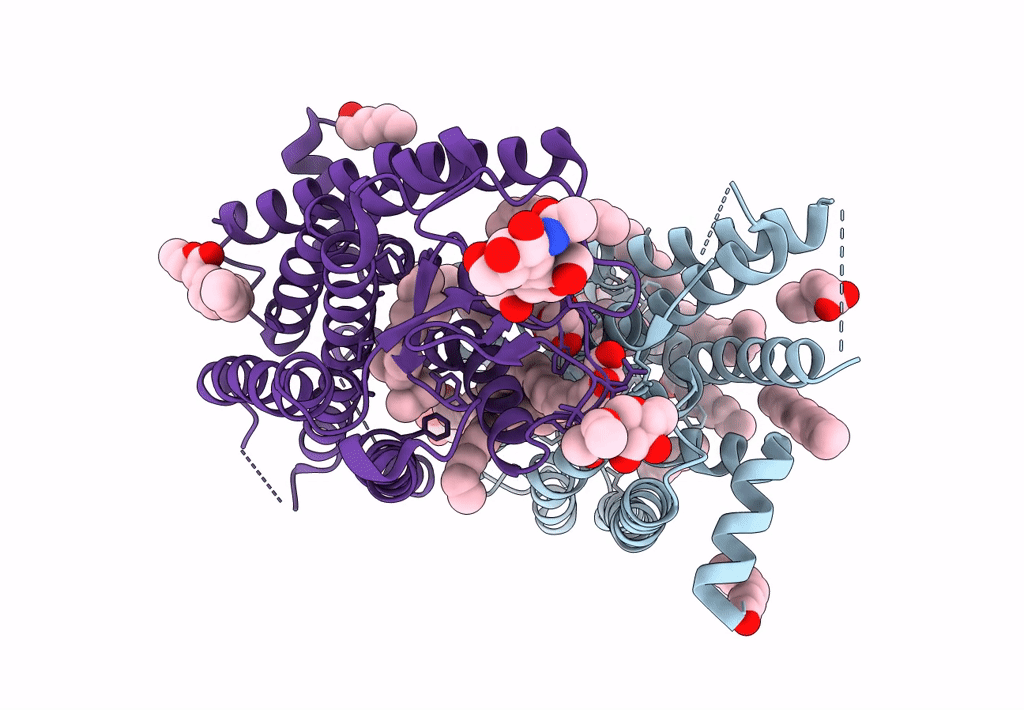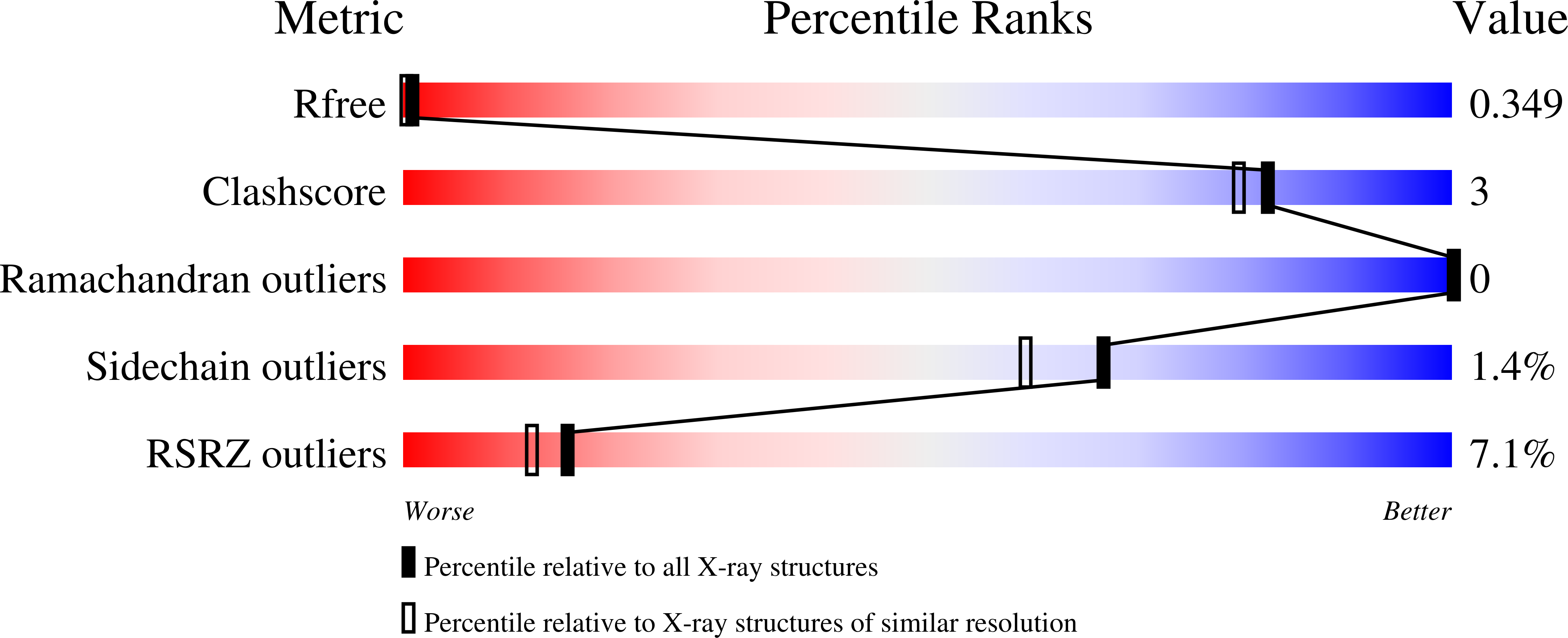
Deposition Date
2022-06-17
Release Date
2023-03-29
Last Version Date
2024-02-07
Entry Detail
PDB ID:
8A6D
Keywords:
Title:
10 picosecond light activated crystal structure of bovine rhodopsin in Lipidic Cubic Phase
Biological Source:
Source Organism:
Bos taurus (Taxon ID: 9913)
Method Details:
Experimental Method:
Resolution:
1.80 Å
R-Value Free:
0.34
R-Value Work:
0.31
R-Value Observed:
0.31
Space Group:
P 2 21 21


